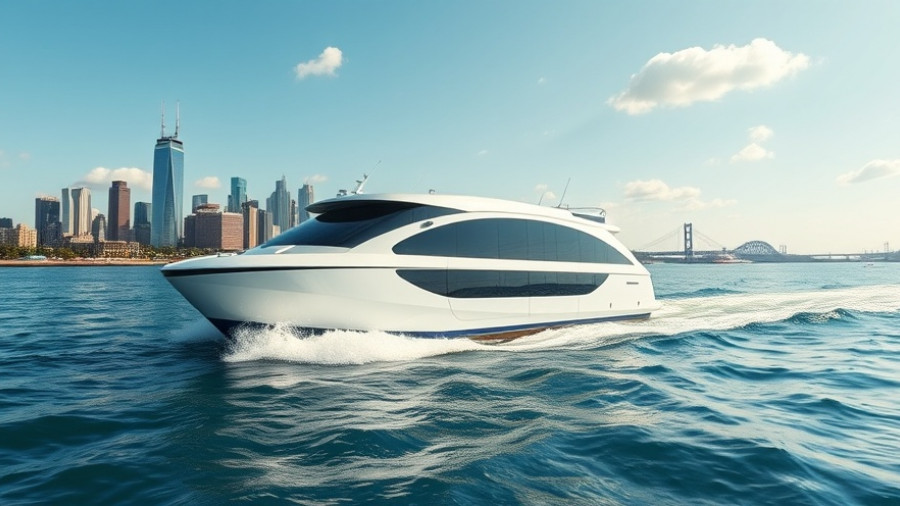
Unlocking Economic Growth: The Impact of Louisiana Gateway Port
The Louisiana Gateway Port (LGP), formerly known as the Plaquemines Port and Harbor District, has unveiled a comprehensive report showcasing its vital contributions to the regional and state economies. Positioned strategically at the beginning of the Mississippi River, LGP plays a crucial role in trade and job creation, markedly improving connectivity for over 20 states.
Economics in Numbers: The Heart of LGP's Impact
According to the report prepared by Louisiana economist Dr. Loren Scott, the port contributes an impressive $6.5 billion annually to the economy, creating approximately 32,015 jobs with an average wage of $75,134. Furthermore, the port generates significant tax revenue, contributing around $136.3 million each year to local and state coffers. This economic activity showcases the port's ability to drive growth and foster an environment for business.
Capital Investment Mirroring Opportunity: Future Projections
From 2021 to 2024, capital investment from LGP tenants has resulted in an astounding $18.3 billion in sales for Louisiana businesses. The report indicates that this level of investment correlates with $419 million in state revenue and $6 billion in new earnings for local households. Notably, construction employment has grown by 157.4%, showcasing how these developments transform not just the port but the entire surrounding community.
The Multimodal Gateway: Enhancing National Competitiveness
As a modern multimodal hub, LGP is not just about shipping goods; it's about enhancing national competitiveness on a global stage. Major projects, such as those involving Venture Global LNG, highlight the port's commitment to sustainability and growth. These initiatives are pivotal for augmenting Louisiana's infrastructure while ultimately working to streamline trade processes across the nation.
Strengthening Partnerships: The Key To Progress
Executive Director Charles Tillotson emphasized that LGP's ongoing success is intricately tied to robust partnerships across public and private sectors. This collaborative effort expands the horizon for what can be achieved within Louisiana. By encouraging informed decision-making and cooperative strategies, LGP aims to navigate future challenges while maximizing economic potential throughout the Gulf region.
The Future Is Here: What This Means for Local Communities
The economic implications of LGP's operations extend beyond numbers; they fundamentally showcase the port's role as a cornerstone in local community development. With increased job opportunities and revenue generation, local businesses stand to benefit immensely. The ripple effect from such economic stability fosters community resilience and growth.
Investing in the Future: What Steps Can You Take?
For stakeholders and local residents, understanding the implications of the Louisiana Gateway Port's economic impact report is vital. Whether you are a business owner considering opportunities in logistics or a resident interested in the future developments of your community, there are ways to get involved. Staying informed about port initiatives and participating in local economic discussions can help shape a sustainable future for everyone.
 Add Row
Add Row  Add
Add 




Write A Comment